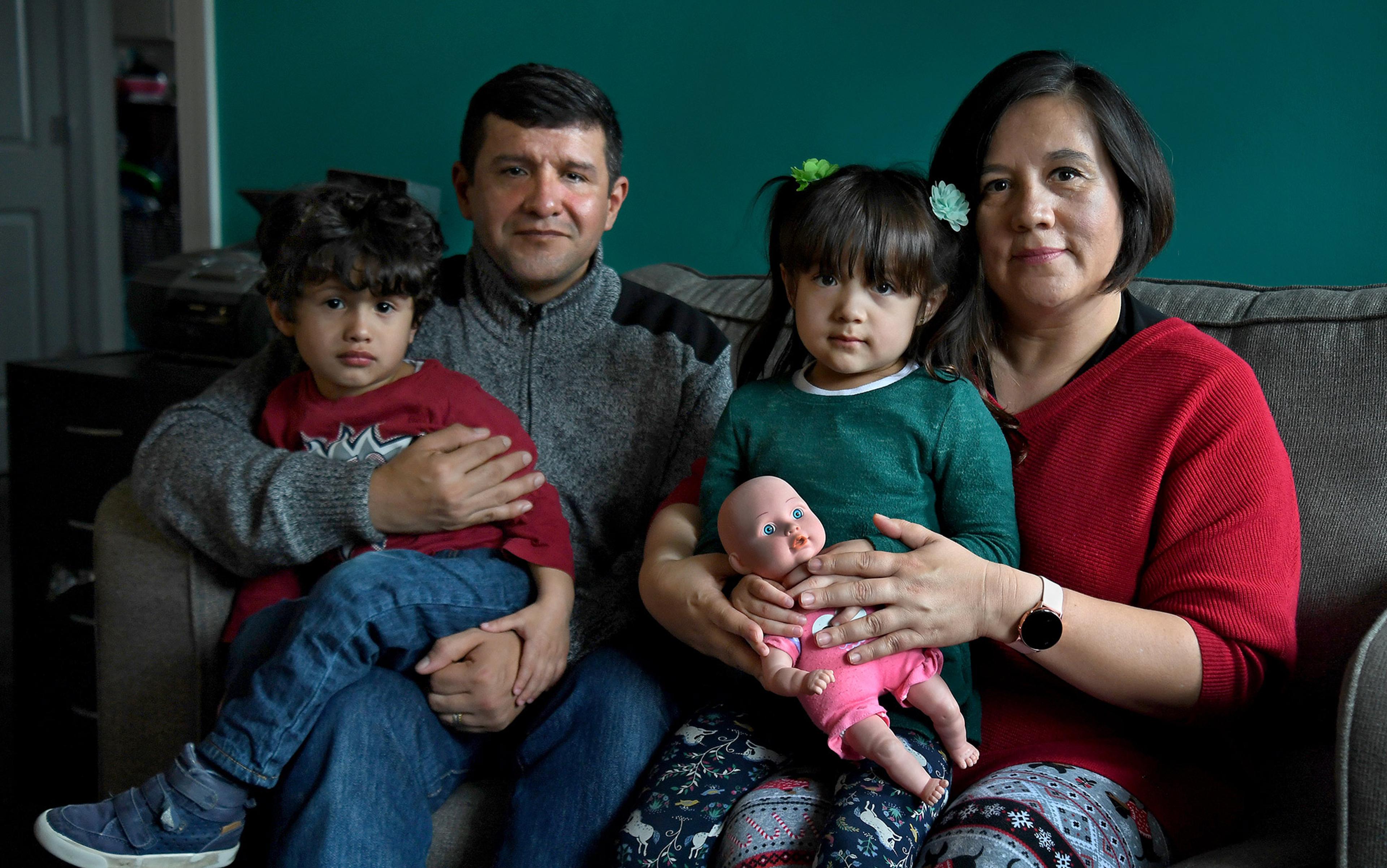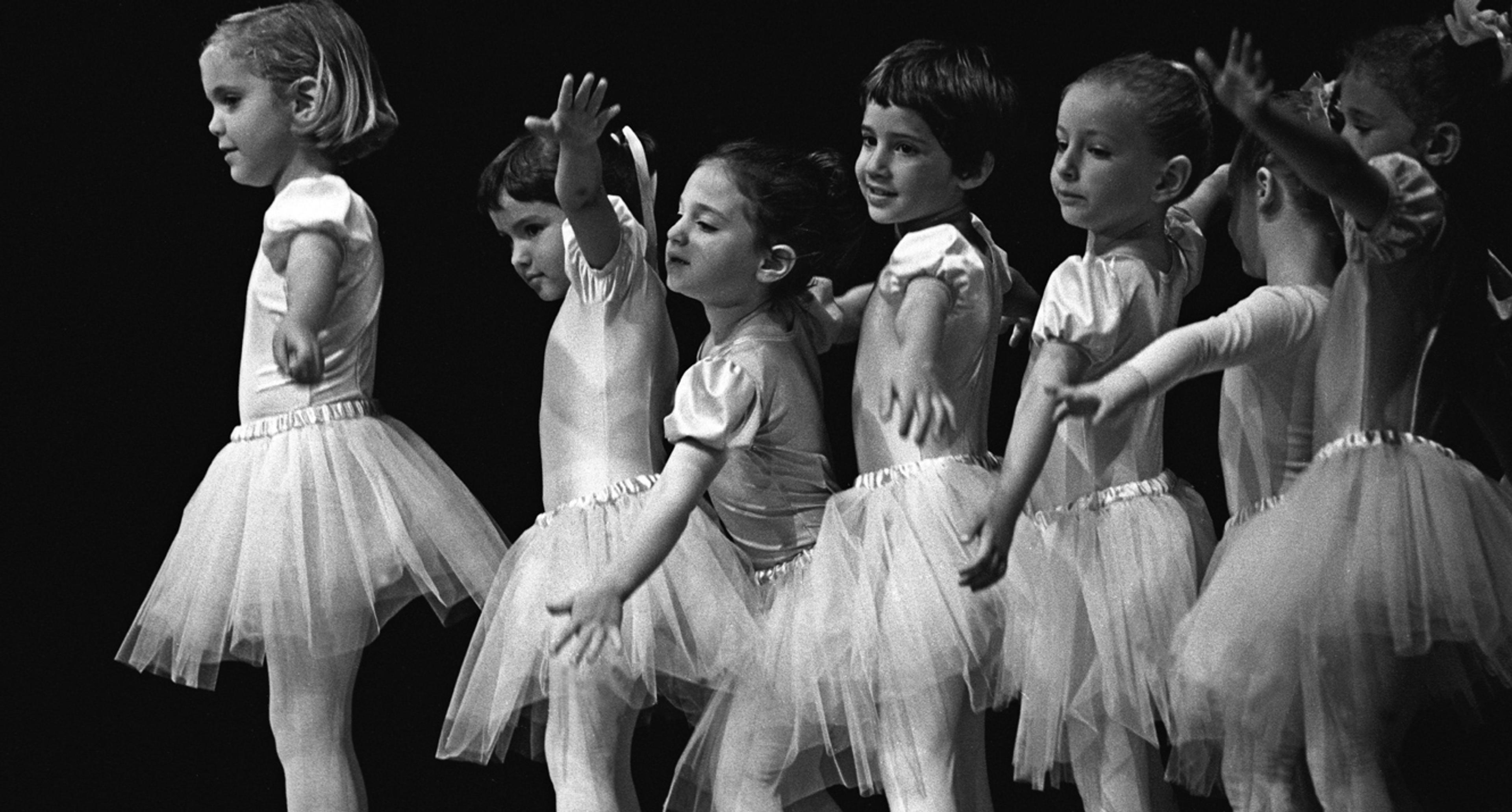‘What’s your favourite Woody Allen movie?’ Dylan Farrow asked the readers of The New York Times, before giving her account of Allen molesting her when she was seven years old. She challenged the continued acclaim for Allen’s movies: ‘Imagine your seven-year-old daughter being led into an attic by Woody Allen … Are you imagining that? Now, what’s your favourite Woody Allen movie?’
Farrow’s essay, published in 2014, presaged the #MeToo era, when sexual offences committed by film and entertainment stars such as Bill Cosby, Harvey Weinstein, Louis CK and others burst into larger public awareness. The grossness of their crimes, combined with the celebratedness of their art, prompted vociferous debate. In the words of the television critic Emily Nussbaum: ‘What should we do with the art of terrible men?’
What’s your favourite Ronald Fisher paper? Before you answer, you should know: Fisher, a British statistician and geneticist, served on the Committee for Legalising Eugenic Sterilisation, and advocated for the involuntary sterilisation of the ‘feeble-minded’. In 1948, he wrote a letter of support for a German colleague, Otmar von Verschuer, a Nazi scientist who received human body parts from twins murdered by Josef Mengele at Auschwitz. It’s clear from the letter that the atrocities of the Nazi regime hadn’t dampened Fisher’s enthusiasm for eugenics:
I have no doubt also that the [Nazi] Party sincerely wished to benefit the German racial stock, especially by the elimination of manifest defectives, such as those deficient mentally, and I do not doubt that von Verschuer gave, as I should have done, his support to such a movement. [emphasis mine]
Now what’s your favourite Ronald Fisher paper?
Mine is ‘The Correlation Between Relatives on the Supposition of Mendelian Inheritance’ (1918). In it, Fisher proposed that human characteristics are influenced by many different genetic factors, each of which has a small effect. He was right about that, even as he was so terribly wrong about the evils of Nazism. The grossness of Fisher’s eugenic beliefs, combined with the brilliance of his scientific observations, raises the question: what do we do with the science of terrible men?
This question is personal. My research is in the area of social science genetics, which aims to use information about people’s DNA in order to understand why their lives turn out differently. Every day, every paper, every calculation of my professional life (and, indeed, of any working scientist who uses basic statistical concepts such as variance) has been spent using scientific tools created by the same people who worked to bring violence and suffering to vulnerable people’s lives.
For decades, the primary tool of social science genetics was the twin study, which compares identical twins to fraternal twins in order to make inferences about how much of the variation between people is due to the genetic differences between them. Twin studies, however, make some simplifying assumptions, such as the assumption that identical twins are not treated more similarly than fraternal twins just because their parents know they are identical. Despite being debated ad nauseam for decades, these assumptions are still controversial.
More recently, then, researchers have begun to rely more on a method called the genome-wide association study (GWAS), which directly measures part of a person’s DNA sequence. A GWAS aims to identify specific bits of DNA that are associated with being higher or lower on some characteristic you can measure about a person (such as their height). For the most part, GWASs have been largely limited to people whose recent genetic ancestors all lived on the European continent and who therefore are very likely to identify as white according to the social rules by which racial identity is assigned.
Some researchers use the tools of twin studies and GWAS to study how genetic differences are related to physical health outcomes, such as cataracts or cancer. Others study mental health disorders, such as schizophrenia or anorexia nervosa. In contrast, my lab – like other groups doing work in social science genetics – uses these methods to study inequalities between people in outcomes that are socially valued and often moralised. I have written, for instance, about why teenagers who score higher on intelligence tests tend to have sex later, why teenagers who delay having sex tend to be less likely to commit crimes, how teenagers with certain DNA patterns are more likely to get assigned to certain mathematics classes, and whether we can identify DNA patterns associated with being arrested or convicted of a crime.
A meta-analysis of results from 50 years of twin studies (including the twin study that I co-direct, the Texas Twin Project) concluded in 2015 that genes do, in fact, make a difference for these types of social and behavioural outcomes – for people’s cognitive ability, personality, sexual behaviour, educational attainment and income. In fact, this finding is so consistent that it’s long been enshrined as the ‘first law of behavioural genetics’: everything is heritable. That is, variation in every aspect of human psychology and behaviour, and variation in every social outcome that’s influenced by one’s behaviour, is influenced by the genetic differences among us. Despite making different assumptions from twin studies, GWAS results converge on the same answer: which genes you happen to inherit from your parents makes a difference for socially valued life outcomes, such as how far you go in school.
This entire line of research uses statistical tools and scientific insights from Fisher and other proponents of eugenics, such as the Victorian-era scientist Francis Galton (who redefined the study of heredity as the study of similarity between relatives) and the early 20th-century mathematician Karl Pearson (who is the namesake of the Pearson correlation coefficient). And, by connecting genetic differences between people to socially valued life outcomes, this line of research also risks entrenching their ideologies about human inferiority and superiority.
When a building is constructed out of concrete, the concrete is poured into formwork, a temporary mould that holds the poured concrete in shape until it hardens. The formwork is dismantled but the concrete retains its shape and texture. An evil belief in racial purity was the formwork for the science of genetics. What, now, do we do with the building?
The rally was a reminder of the connections between American slavery and eugenics, and Nazi atrocities
My ardent hope is that the building can be reclaimed. ‘You meant evil against me, but God used it for good,’ said the biblical figure of Joseph to his brothers, who sold him into slavery but in so doing ultimately ensured the survival of many people in a time of plague. You don’t have to believe in God, I hope, to imagine that art and science could be wrested from the intentions of their creators and put to emancipatory ends. But saying that out loud, I’ve learned, invites the criticism that I’m being naive. ‘Generous-hearted’, perhaps, but also foolhardy.
After all, evil beliefs about racial purity are not a historical relic. We can draw a direct line, both ideologically and financially, from the eugenicists of the early 20th century to the white supremacists of the early 21st. A central player in this story is Harry Laughlin, who led the Eugenics Record Office in the US and who authored a eugenical sterilisation law passed in the state of Virginia. The constitutionality of that law was established in an infamous Supreme Court decision allowing the sterilisation in 1927 of Carrie Buck, a young white woman in Virginia deemed to be ‘feeble-minded’. The Nazis passed their own version of Laughlin’s law in 1933. Buck is buried in Charlottesville, Virginia, where neo-Nazis and other white supremacist groups converged in 2017 for a Unite the Right rally. Waving tiki torches and swastikas, shouting that ‘Jews will not replace us,’ the rally attendees marched past Buck’s graveyard to protest the planned removal of Confederate monuments, a grotesque reminder of the ideological connections between American slavery, American eugenics and Nazi atrocities. The then US president Donald Trump praised the Unite the Right rally attendees as ‘very fine people’.
Laughlin went on to serve as the first director of the Pioneer Fund, established by the textile magnate Wickliffe Preston Draper to promote research on human heredity and ‘the problems of race betterment’. The Pioneer Fund still exists. One recent recipient of Pioneer Fund money is Jared Taylor, a self-described ‘race realist’ who thinks that Black people are incapable of ‘any kind of civilisation’. In an article in 2019 for American Renaissance (a magazine he founded and edits), Taylor trumpeted that recent advances in social science genetics – including some of my own work – had the potential to end social justice movements in the US: ‘If [these] scientific findings were broadly accepted, they would destroy the basis for the entire egalitarian enterprise of the last 60 or so years.’ A trove of emails obtained by the Southern Poverty Law Center in Alabama revealed that Taylor’s American Renaissance was a preferred source of information for Stephen Miller, the influential White House aide to Trump and reportedly the driver of his executive orders on immigration and family separation.
Americans live in a country where children of colour are kept in cages. We can’t turn a blind eye to the fact that many, many people in the US are still committed to the idea that they’re inherently superior to other people, and will use violence or the threat of violence to maintain their privileged access to money, status and power. But recognising that sober reality still doesn’t answer the question: what should we do with social science genetics?
It would be awfully convenient, of course, if terrible men were terrible at everything, even mathematics; the building of social science genetics would be easier to raze if it didn’t house other valuable things. I’m not surprised that many people escape grappling with this question by insisting that the eugenicists were both morally and empirically wrong – that people don’t differ genetically or that, if they do, those differences don’t matter for their lives.
We see this hopeful wish in the then US president Bill Clinton’s statement in 2000 at the completion of the Human Genome Project:
All of us are created equal, entitled to equal treatment under the law … I believe one of the great truths to emerge from this triumphant expedition inside the human genome is that in genetic terms, all human beings, regardless of race, are more than 99.9 per cent the same. [emphasis mine]
In other words, the contention is that the genetic differences between us are negligible; we don’t need to bother about them. More recently, we see the same insistence on genetic sameness as a moral belief in Ibram X Kendi’s bestselling book How to be an Antiracist (2019). Kendi writes that connecting ‘biology to behaviour is the cradle of biological racism’. In his view, there is no way that biological difference can exist without biological hierarchy.
Your mind shuts like a clam at the thought that I could be correct that genes have causal power for people’s lives
But staking moral claims about political equality to empirical claims about genetic sameness is building a house on sand. The rains of new data will come down, the floods of new analyses will pour in, and the winds of new papers in Nature Genetics will blow – and then what? We shouldn’t give far-Right extremists such an easy rhetorical advantage, allowing them to claim new empirical observations as moral victories. Yes, all humans are 99.9 per cent the same, but the remaining 0.1 per cent makes a difference for many life outcomes that we care about, things that we want for ourselves and for our children.
There is a lot of confusion about this fact. Some of this confusion is undoubtedly because scientific methods to show how genetic differences matter for human lives are genuinely difficult to understand, even for experts. Some of the confusion is driven by scientists’ insistence on using confusing words such as ‘predict’ and ‘explain’ and ‘heritable’, which have very precise meanings in scientific jargon but different connotations in colloquial English. (We have good reasons for using these terms, but it’s not without costs.)
But some of the confusion is deliberately drummed up by people who are irredeemably convinced that endorsing the statement ‘people are different genetically, and these genetic differences cause their lives to turn out differently’ will commit them to a host of beliefs about human inferiority and superiority, and to a host of far-Right policy positions that they find abhorrent; and so they will fight tooth and nail, and contort themselves into all sorts of indefensible intellectual positions, in order to avoid confronting this basic reality about human life.
You might have this response. You might look at the gaping inequalities all around us, the suffering and immiseration and economic unfreedom and ‘deaths of despair’, as the economists Anne Case and Angus Deaton put it, and these inequalities will feel so strikingly unfair, so unnecessary and cruel. And you have been told that it would be very, very bad if these inequalities were caused by genes, because then this would mean that, rather than being unfair and awful, the inequalities were actually right and just and natural, and that we couldn’t do anything to fix them other than some ghastly gene-editing or selective breeding programme, and your mind rebels at the sheer awfulness of that conclusion, and so shuts like a clam at the thought that I could be correct that genes have causal power for people’s lives.
But motivated reasoning about empirical realities is not the answer. Instead, we have to uncouple those realities from eugenic ideology and reclaim them: even if inequalities are caused by genes, that scientific result emphatically does not mean that those inequalities are fair or just or natural or unfixable through social policy.
Look to the example of John Rawls, one of the great political philosophers of the 20th century, who took the idea of genetically caused differences in life outcomes in his stride. Of course, in Rawls’s view, people differed in the outcome of the ‘natural lottery’. In this view, ‘these are simply natural facts. What is just and unjust is the way that institutions deal with these facts.’ Rather than a caste society based on accidents of birth – whether that accident is being born to wealth or being born with a certain combination of genetic variants – the just society works to the benefit of the least advantaged. Rawls’s theory of justice accords with the vision offered by another 20th-century intellectual giant, the evolutionary biologist Theodosius Dobzhansky, who wrote in 1962 that:
genetic diversity is mankind’s most precious resource … The problem … is not how to suppress the genetic diversity, but how to utilise it in a manner both socially advantageous and in accord with the ethical principles which we hold binding.
More mildly, many of my colleagues are not exactly fuming at the idea that genes influence human lives, but they also think of side-stepping genetics in their own work as something akin to not going out of their way to watch Annie Hall. They don’t necessarily think I’m a bad person, per se, if I watch Annie Hall (although it might raise eyebrows). But they’d certainly find it strange for me to insist that they watch Annie Hall, and even stranger if I were to insist that their work was often an uninterpretable waste of time if they didn’t watch Annie Hall.
There are, however, two problems with treating behavioural genetics like a Woody Allen movie, as a body of work that, yes, we can all agree does actually exist, but let’s not call too much attention to that.
Behaviour genetics shows how many of our achievements are morally arbitrary
First, ignoring genetics dooms much work in the social sciences to failure, wasting massive amounts of time and money and opportunities to improve people’s lives. While certainly most academics pay lip service to a ‘bio-psycho-social’ model of development, if you pick up any issue of any scientific journal in developmental or clinical psychology or sociology or education or neuroscience, you’ll find paper upon paper correlating aspects of child development with aspects of their environment that are provided by their biological relatives, without giving the slightest thought to the fact that children inherit more from their parents than from their environment. These academic papers are then used as the basis for planning interventions and policies – maybe if we change this aspect of the environment that’s correlated with how children develop, we improve children’s lives? Given the glaring flaw at the heart of much academic research, it’s small wonder that most interventions don’t work, and that the body of research on which those interventions rest has been summarised as unreliable.
Second, ignoring genetics props up the myth of meritocracy that has convinced the ‘winners’ in our society that they deserve to hoard massive amounts of wealth and opportunity by virtue of their superior achievements. As the American writer E B White, author of the children’s book Charlotte’s Web (1952), witheringly described in 1942: ‘the Society of Movers and Doers is a very pompous society indeed, whose members solemnly accept all the responsibility for their own eminence and success’. White continues to be right, particularly about US conservatives, who are global outliers in their lack of support for government policies to address economic inequality, and who tend to view riches as just deserts for the virtuous. The rich, in their view, are rich because they work harder and delay gratification more, not because they got lucky.
Behaviour genetics scrambles the meritocratic logic by showing how many of our achievements are as morally arbitrary as being taller. Twin research, for instance, has shown us that educational attainment is nearly as strongly tied to the luck of the draw – ie, the environmental and genetic accidents of one’s birth – as is one’s height. Drawing attention to the role of genetic luck in shaping inequality has the potential to shape whether people see that inequality as a problem, and whether they’re willing to do anything about it. Even conservatives will redistribute money to make outcomes more equal when the role of luck is made clear.
It might feel impossible to reclaim behavioural genetics for egalitarian ends. As the civil rights activist and feminist author Audre Lorde said in 1984: ‘the master’s tools will never dismantle the master’s house’. But she also said that:
We have all been programmed to respond to the human differences between us with fear and loathing and to handle that difference in one of three ways: ignore it, and if that is not possible, copy it if we think it is dominant, or destroy it if we think it is subordinate. But we have no patterns for relating across our human differences as equals.
The eugenicist embraced the fear and loathing of the ‘other’ as natural and right, and attempted to destroy human differences that they considered subordinate. The reaction to eugenics for the past century has been to ignore those differences. As genetics knowledge rapidly accumulates by the day, Lorde’s challenge to relate across our human differences as equals becomes more urgent. We can’t put off the task of developing an egalitarian anti-eugenics any longer.






